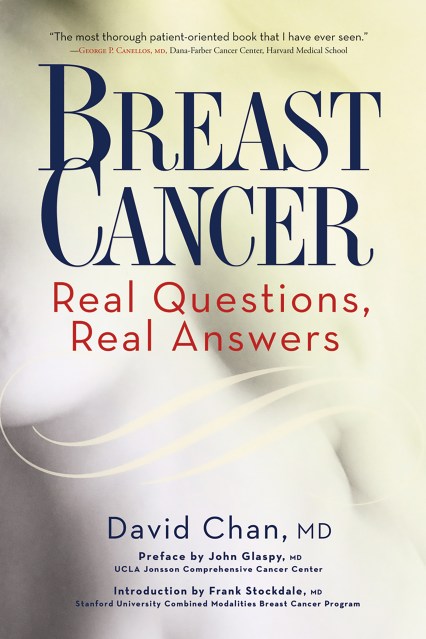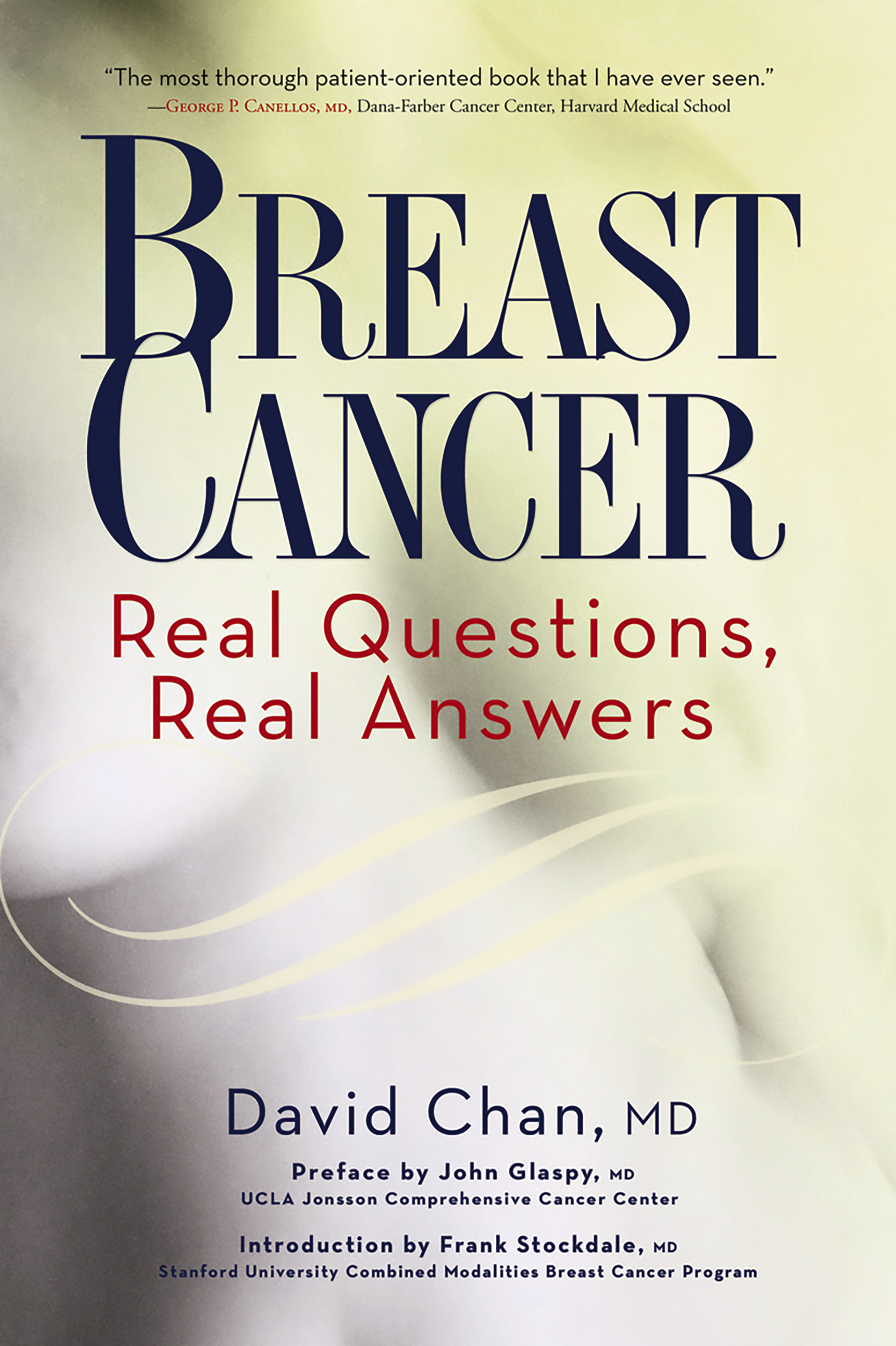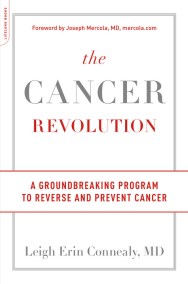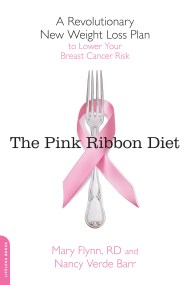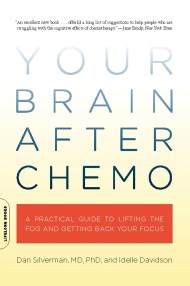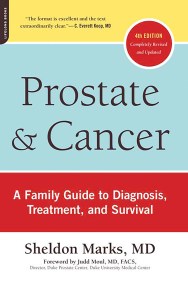Promotion
Use code MOM24 for 20% off site wide + free shipping over $45
Breast Cancer: Real Questions, Real Answers
Contributors
By David Chan
Introduction by Frank Stockdale, MD
Preface by John Glaspy, MD
Formats and Prices
Price
$21.99Price
$28.99 CADFormat
Format:
- Trade Paperback $21.99 $28.99 CAD
- ebook $1.99 $2.99 CAD
This item is a preorder. Your payment method will be charged immediately, and the product is expected to ship on or around January 2, 2006. This date is subject to change due to shipping delays beyond our control.
Also available from:
Breast Cancer: Real Questions, Real Answers is an outgrowth of Dr. David Chan’s more than 20 years in private oncology practice. Inspired by his patients—who courageously face their illness but often feel fearful, confused about their options, and full of questions—Dr. Chan’s book is uniquely structured as a Question and Answer between patient and doctor. It provides readers with an easily navigated, completely current resource for all of their queries. Poised to become the new must-read for breast cancer patients, this book offers easily digestible information by reviewing and exploring the causes of breast cancer, outlining the core basics of breast cancer therapy, explaining how breast cancer survival is influenced by lifestyle, and much more. Dr. Chan’s surefooted, compassionate tone offers reassurance throughout, as do the stories of his many patients, which give readers a firsthand glimpse at what they may face down the road, all from a survivor’s point of view. Complete with a glossary of important terms and an appendix of useful resources, Breast Cancer: Real Questions, Real Answers is a must for every breast cancer patient seeking information that will guide her through her struggle toward a triumphant recovery.
Genre:
- On Sale
- Jan 2, 2006
- Page Count
- 288 pages
- Publisher
- Da Capo Lifelong Books
- ISBN-13
- 9781569243145
Newsletter Signup
By clicking ‘Sign Up,’ I acknowledge that I have read and agree to Hachette Book Group’s Privacy Policy and Terms of Use
